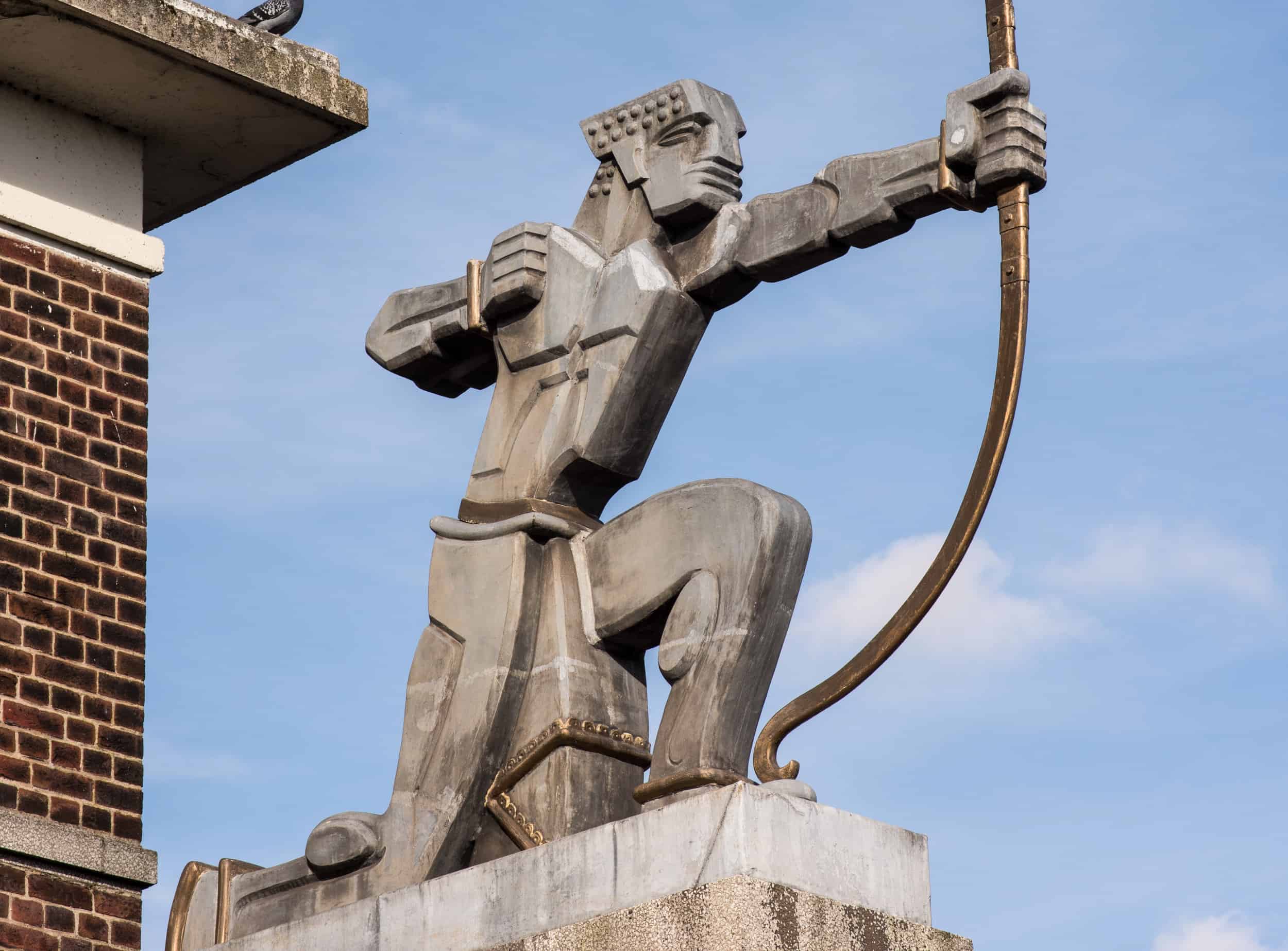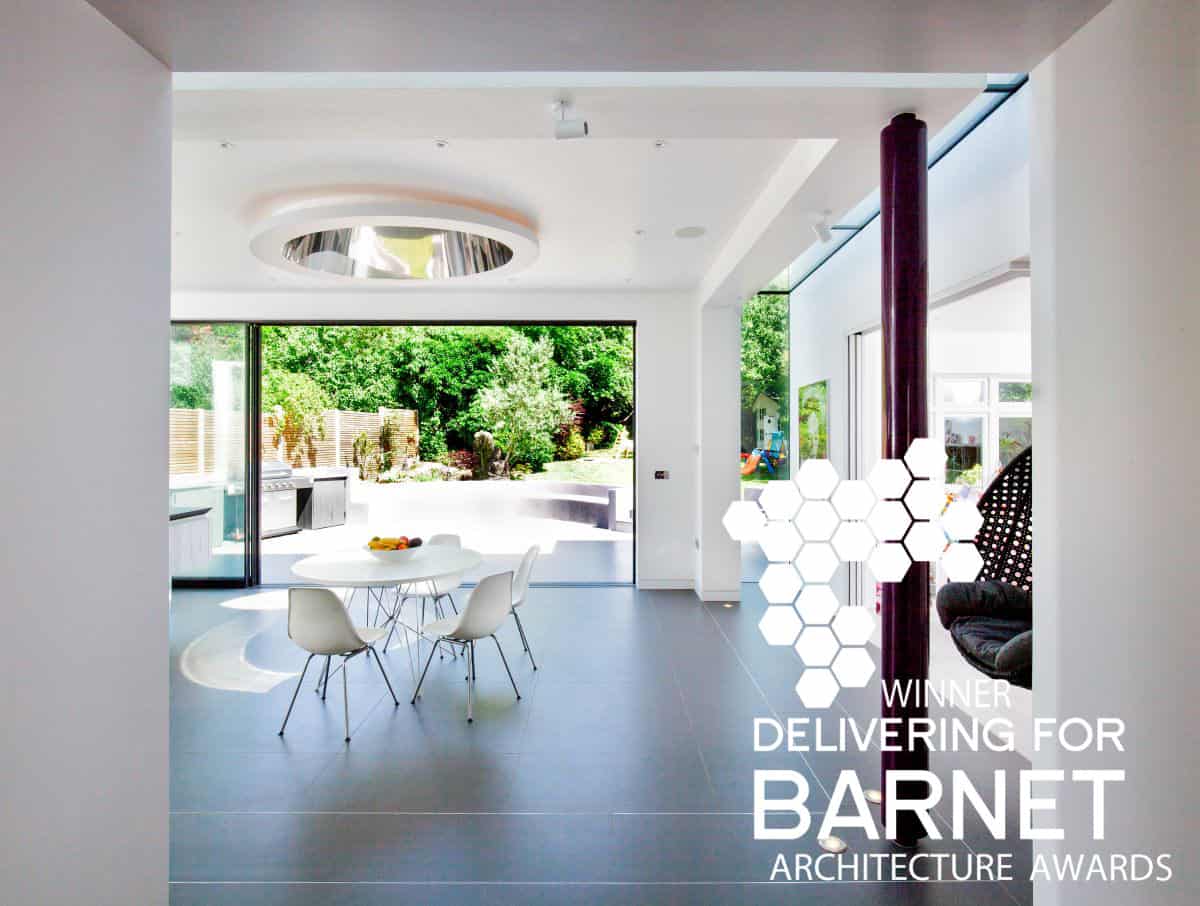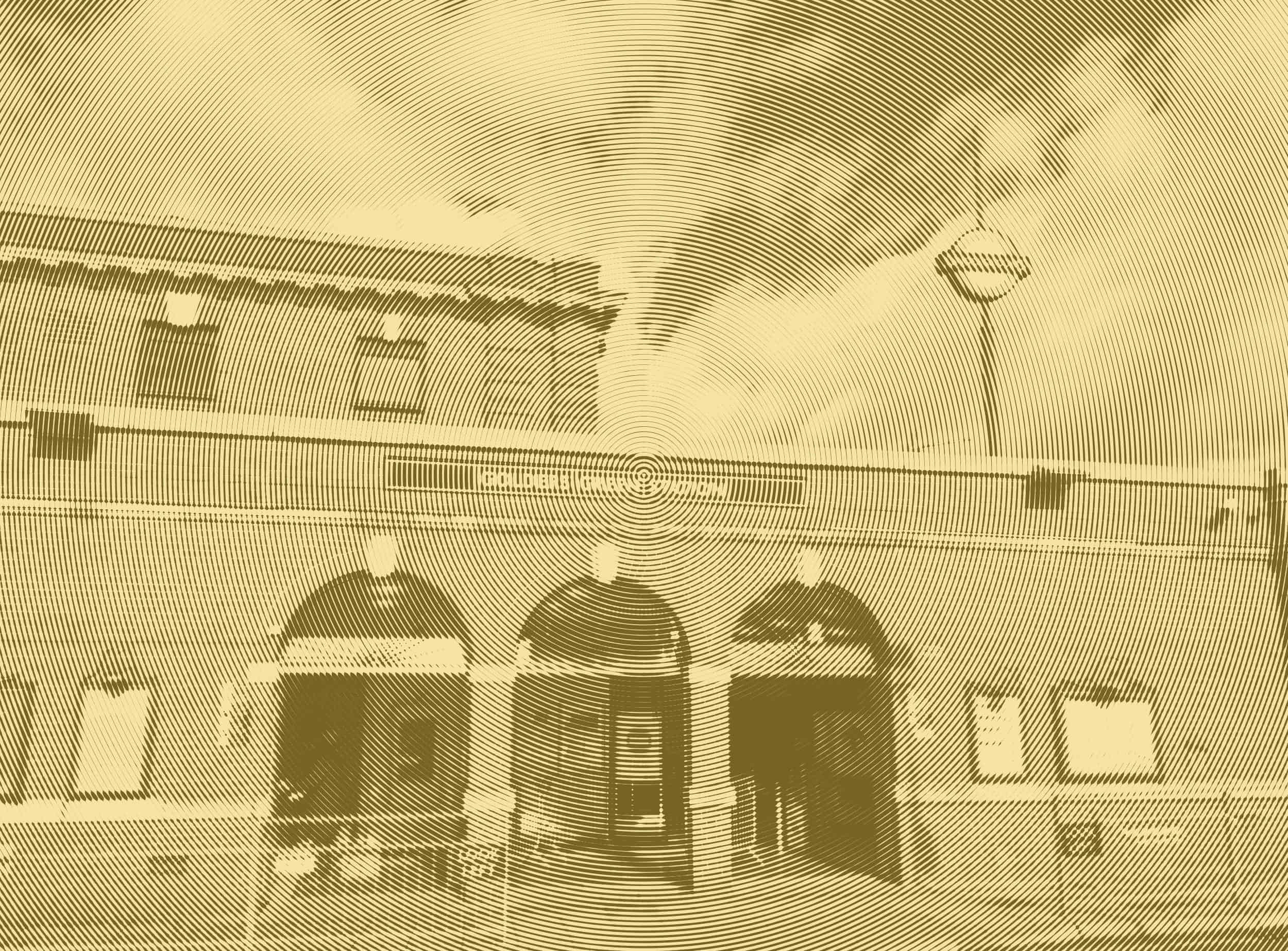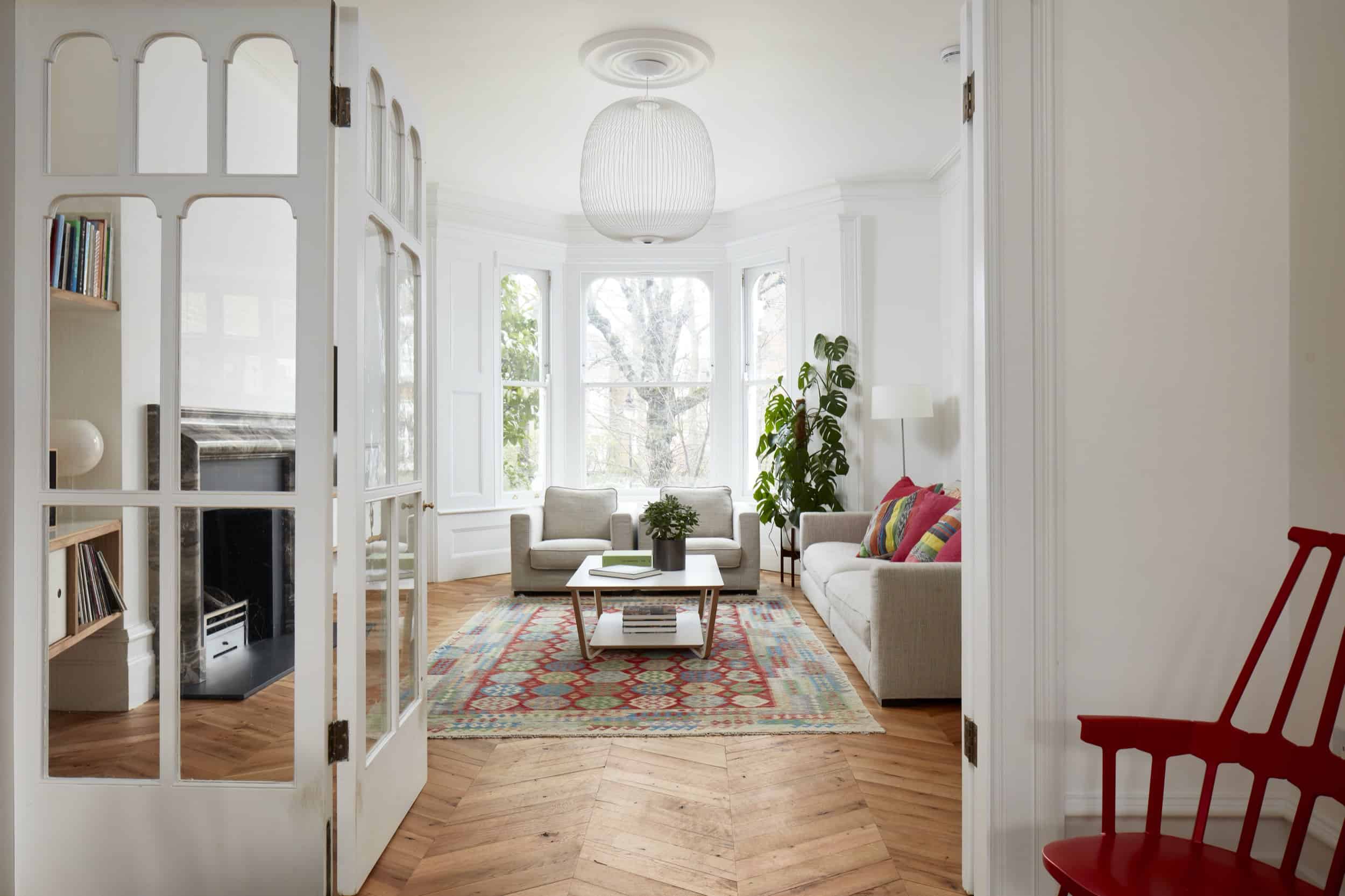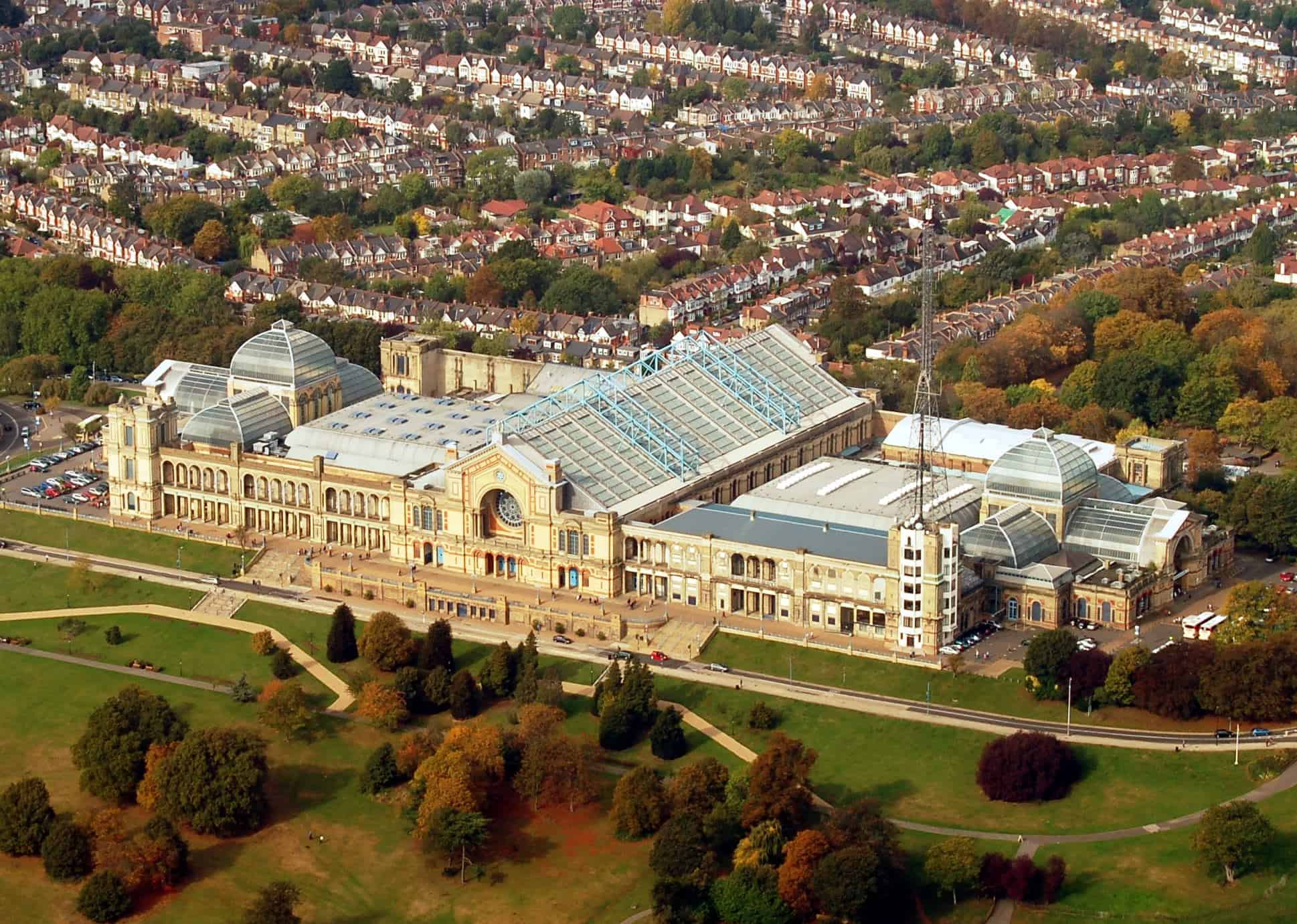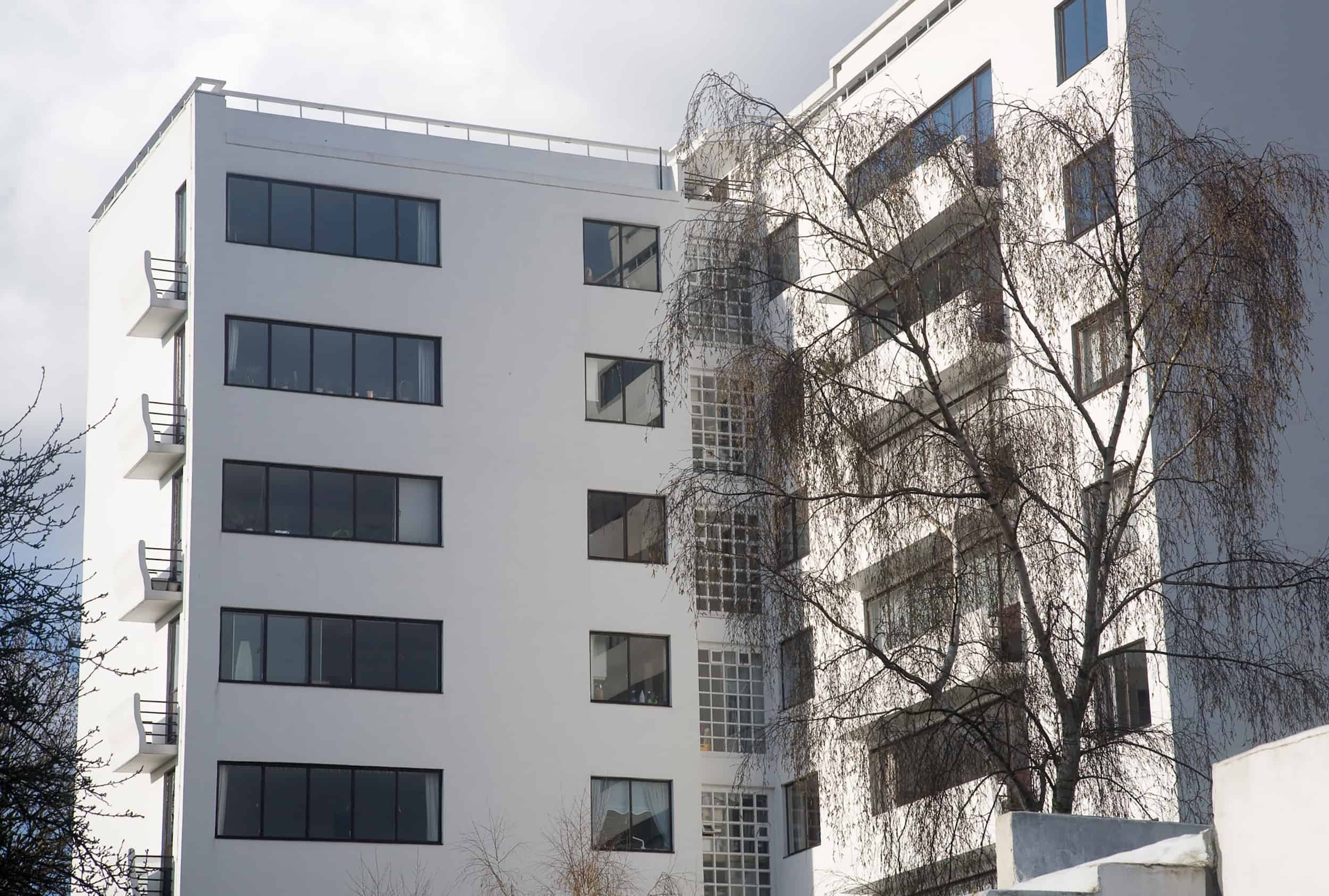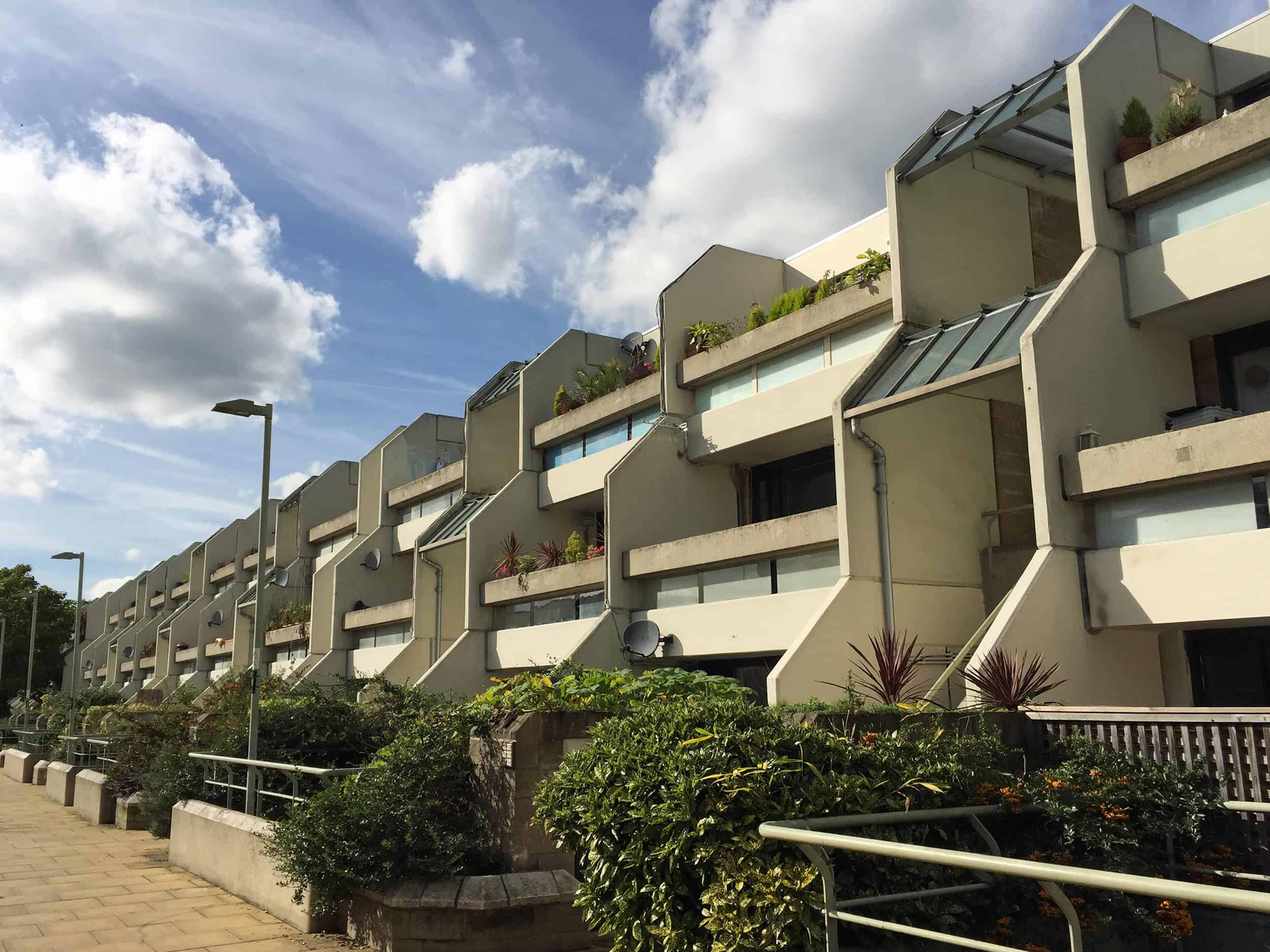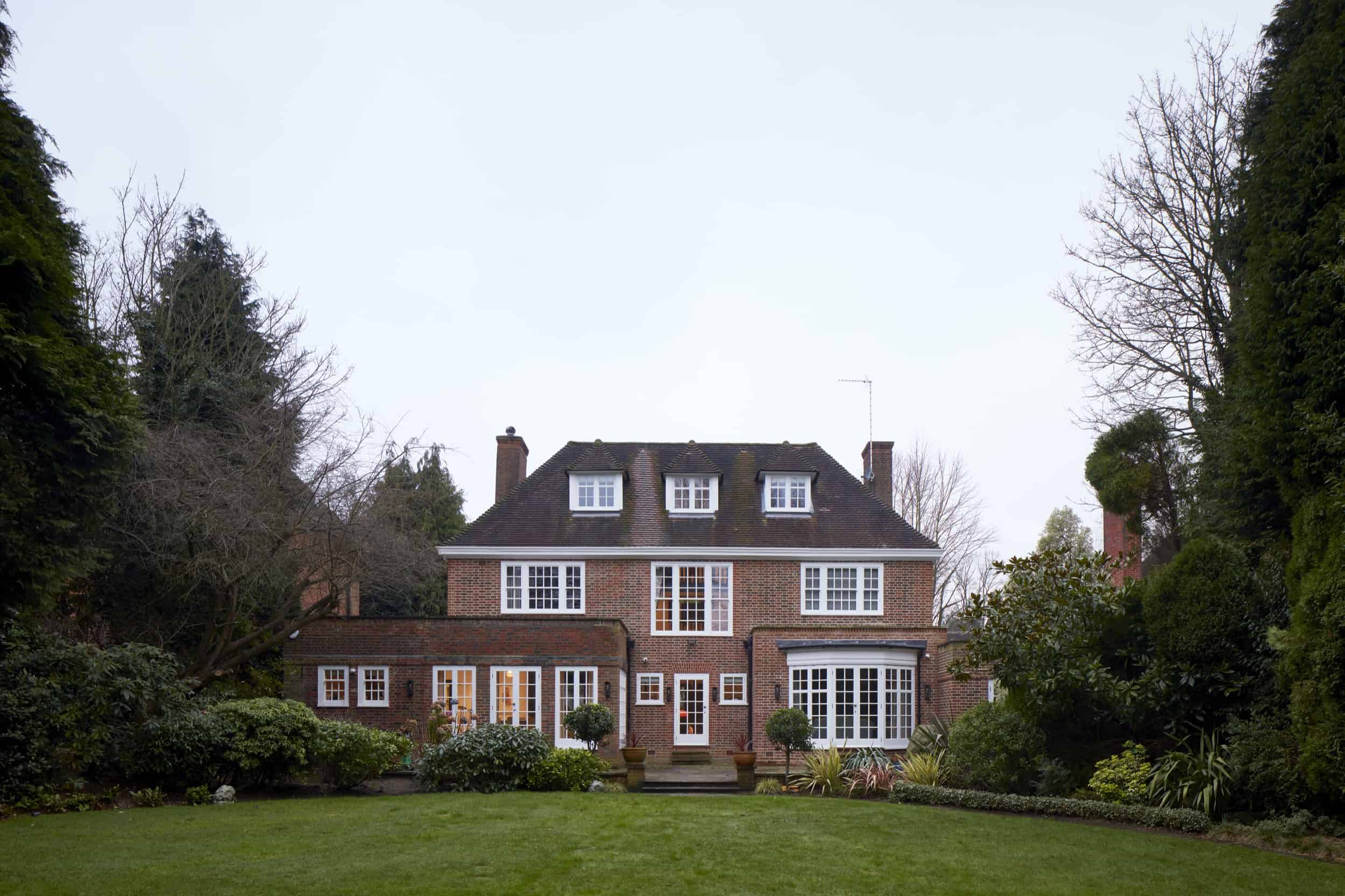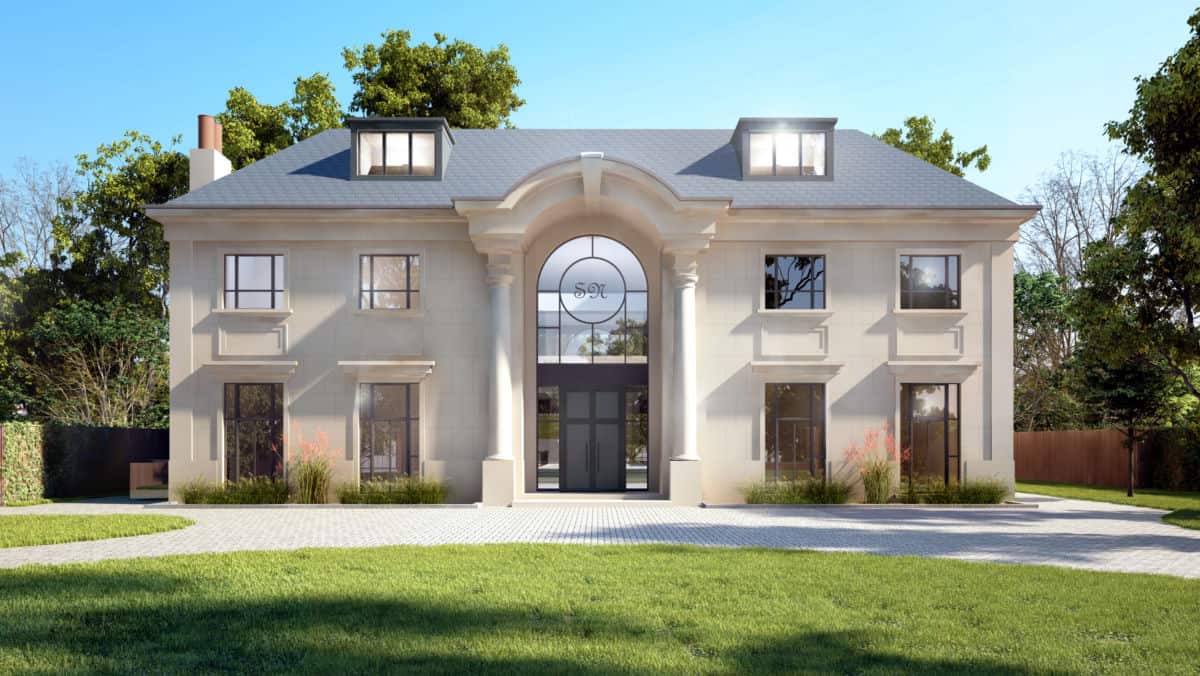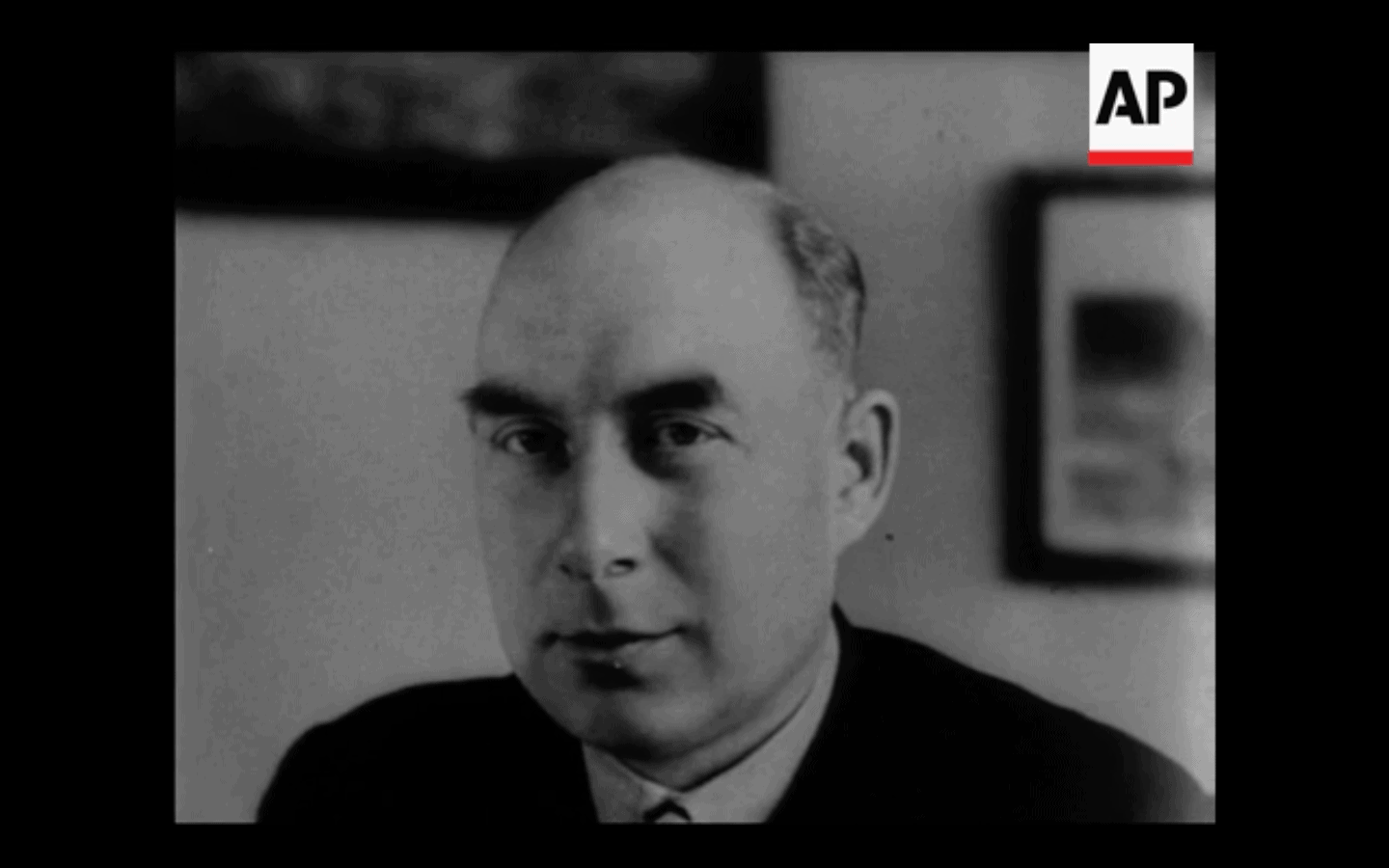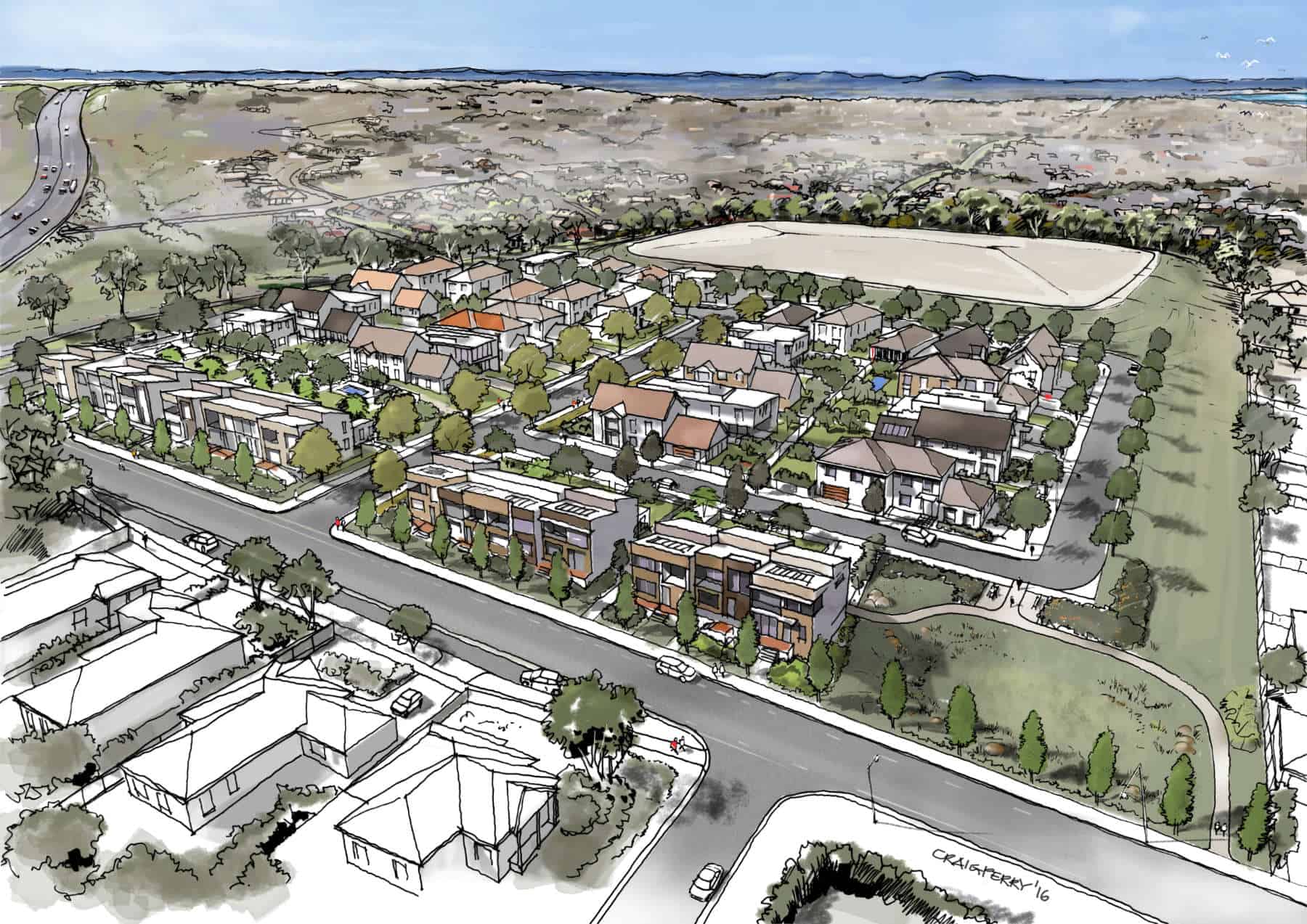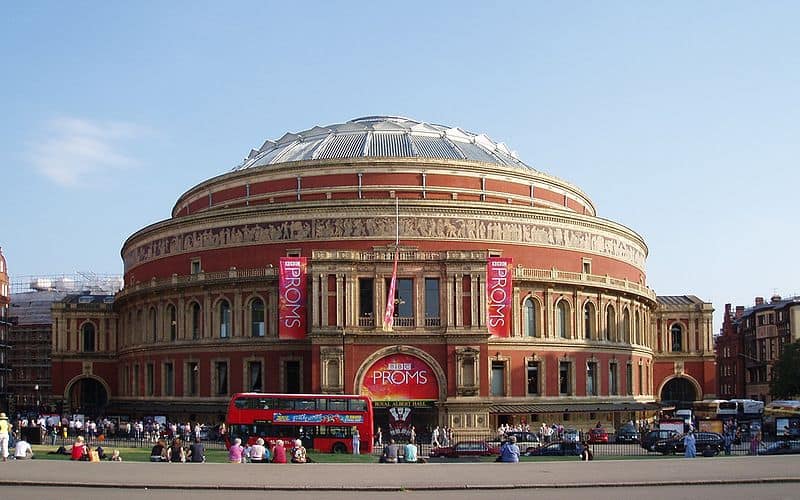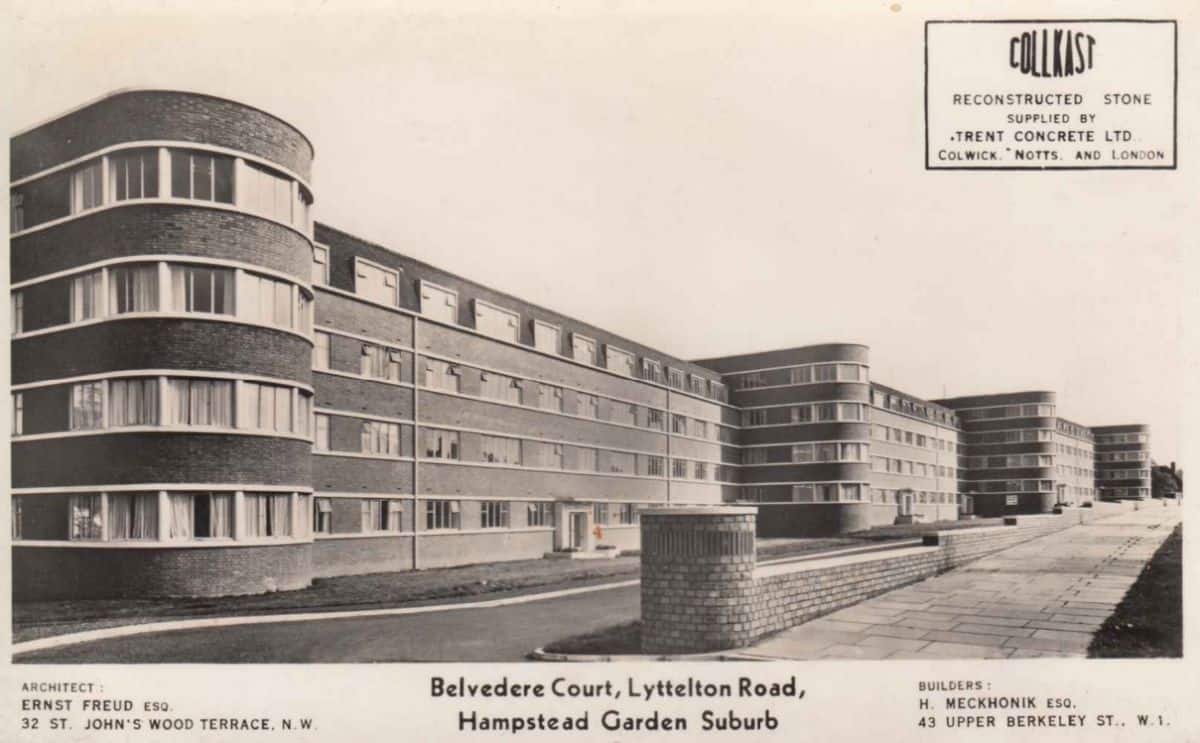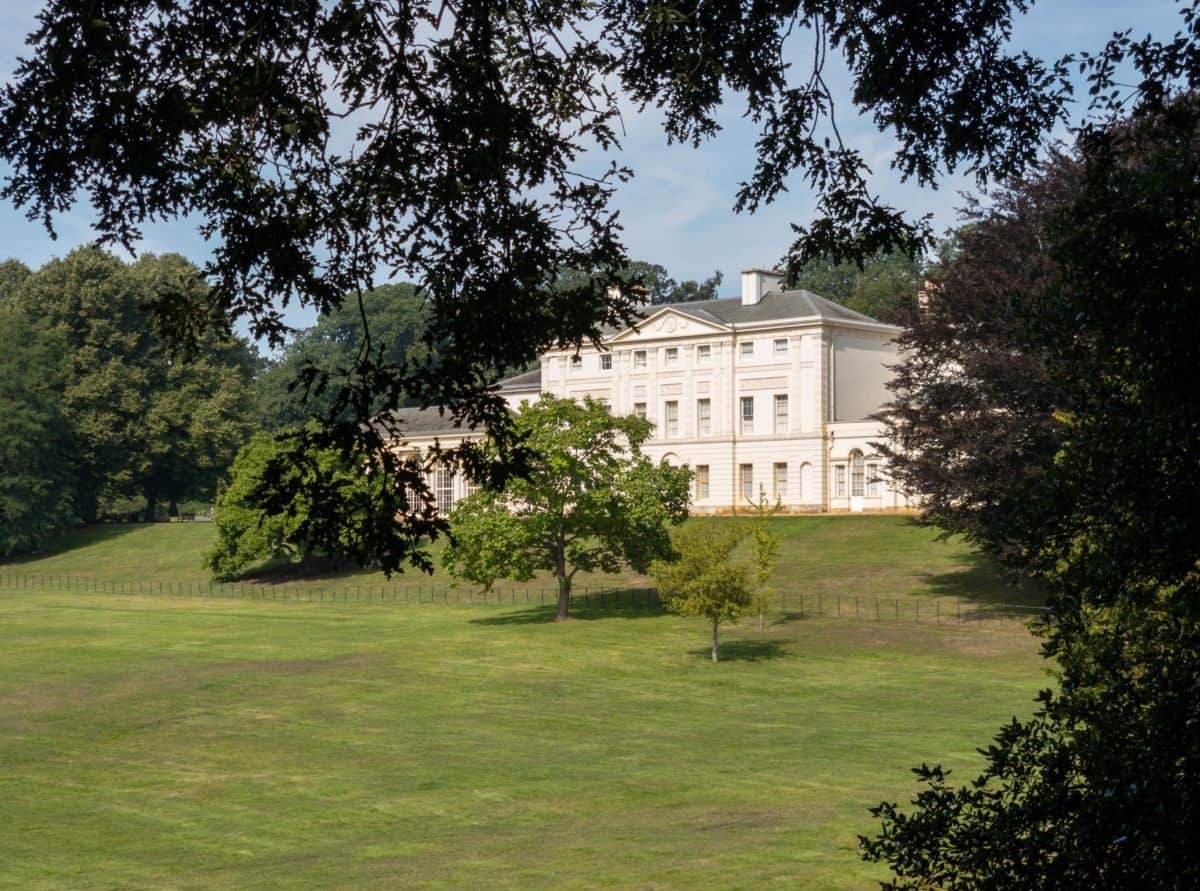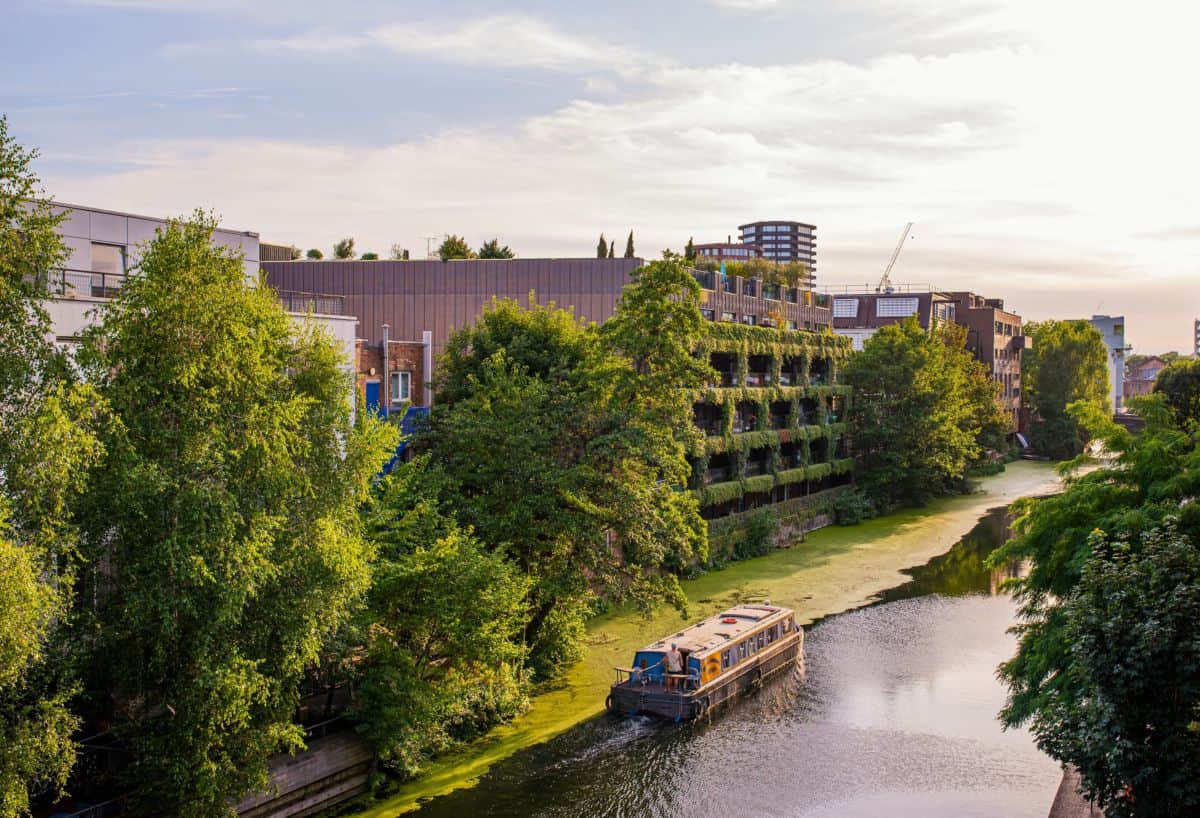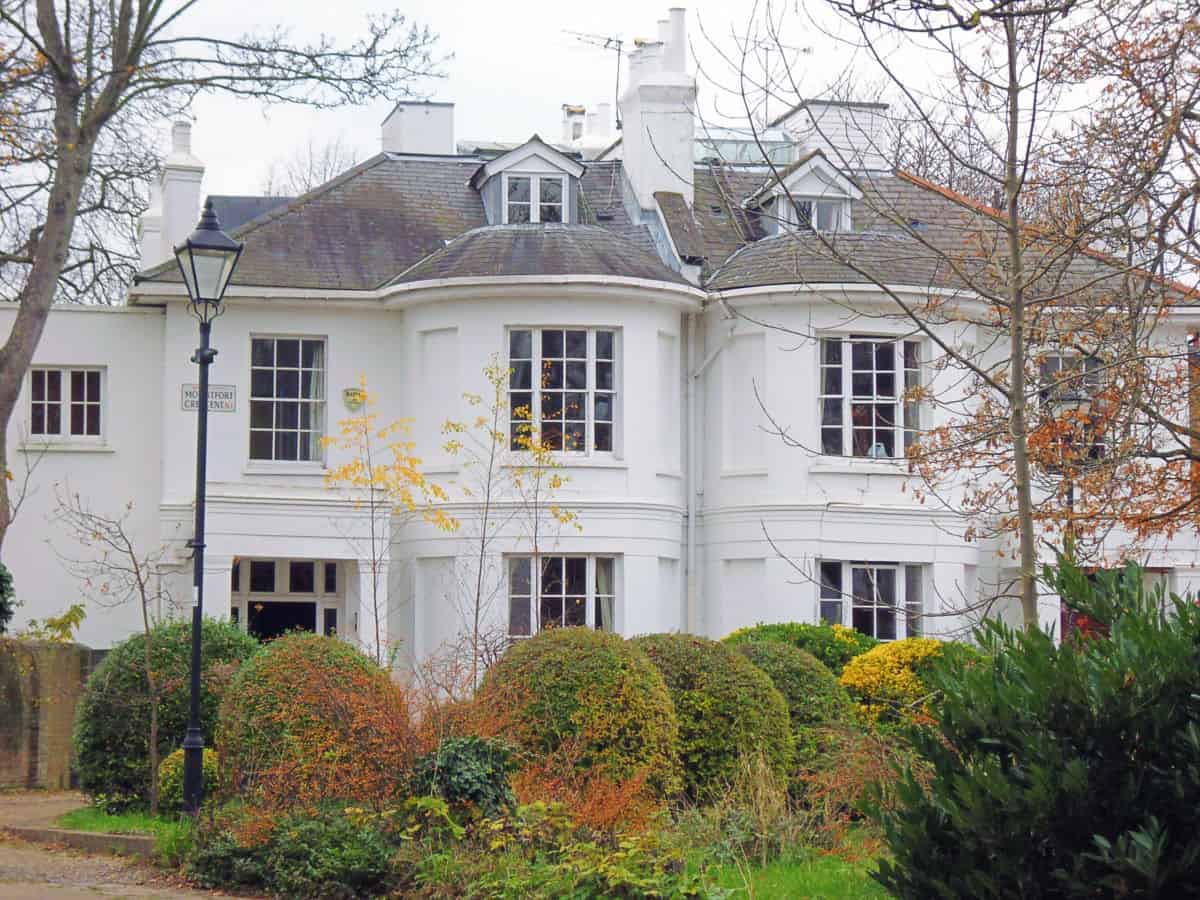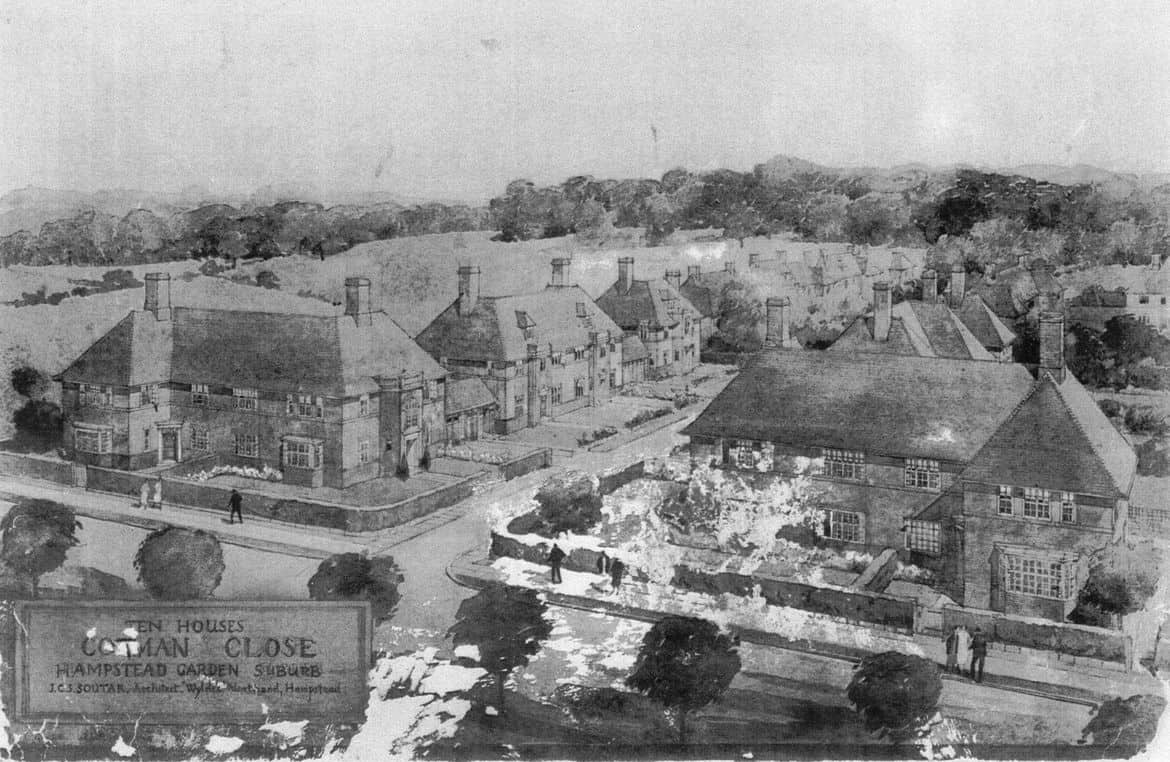Edwardian Architecture in Hampstead
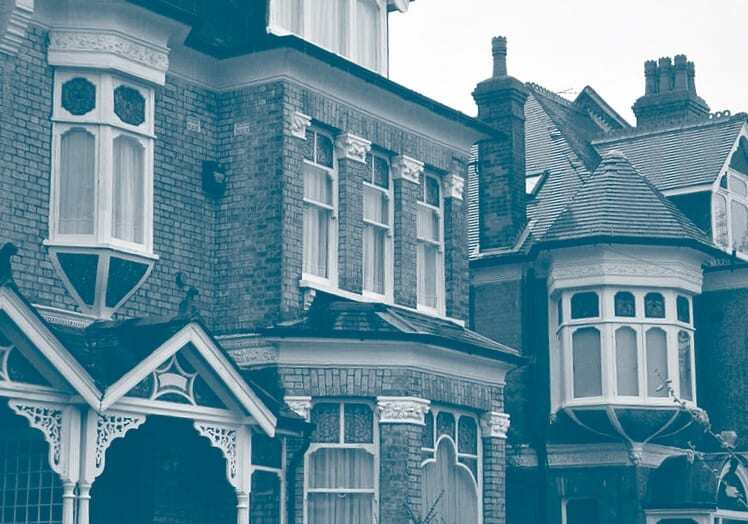
Hampstead in London is home to many historic buildings from the Edwardian era. These buildings are known for their larger hallways, detailed gardens, and a blend of different architectural styles, like Baroque and Georgian. The Edwardian style came into fashion due to the rapid population growth in London during the early 1900s.
Now, we’ll explore this Edwardian trend in Hampstead. We’ll look at famous early 20th-century buildings, important architects from this time, and interesting stories behind them.
The rise of Edwardian Style in Hampstead
Hampstead’s Edwardian style emerged because of London’s economic growth and population increase in the early 20th century. As the city’s outskirts filled with middle-class families, suburbs were developed and a new kind of residential housing was born.
The Garden Suburb, a residential area with low-density housing surrounded by hedges, was created to accommodate this housing need. As Hampstead’s population grew, it became a borough, leading to the development of infrastructure like the Hampstead Underground Station and the University College School.
The Garden Suburb
Henrietta Barnett, the wife of a local vicar, founded the Garden Suburb project. She wanted to improve living conditions for the poor and to create a peaceful area with homes for all social classes. Hampstead architects Barry Parker and Sir Raymond Unwin turned her ideas into a detailed plan.
The Garden Suburb is a prime example of Edwardian style in Hampstead. Here, famous architect, Sir Edwin Lutyens, began his career. His designs in the suburb included houses, two churches, and a school. Lutyens would later become a well-known figure in Edwardian architecture, influencing the style with elements of Baroque design.
Hampstead Underground Station
The functional aspects of Edwardian style are showcased in the Hampstead Underground Station. Opened in June 1907, the station was designed to handle the needs of the growing middle class, offering easy access to the city center. It was designed with simplicity in mind, featuring separate entrances and exits and a large hall.
The station was designed by Leslie Green, a Hampstead architect known for his distinctive red-tiled exteriors and patterned interiors. His design for the station was influenced by the Arts and Crafts movement, resulting in a more open design compared to his other works.
The University College School
The University College School was relocated to Hampstead in 1907 from its original site in University College London. Architect Arnold Mitchell designed the main building, and the Dove Brothers built it. After a fire destroyed a significant portion of the main block, it was restored by Michael Foster.
The building is another example of Edwardian style with Baroque influences. It features a red brick exterior with stone pillars, an impressive entrance, and a large, barrel-vaulted main hall with large windows.
See the Edwardian transformation
The Edwardian style reshaped London’s suburbs and made the city what it is today. This period combined the elegance of Baroque and Georgian architecture with the necessities of early 20th-century life. This resulted in spacious, well-lit, and practical building designs.
Hampstead has numerous examples of Edwardian architecture. These buildings can be found in the Garden Suburb and other areas, offering a glimpse of London’s rapid development during the Edwardian era.
Renovating Edwardian architecture
At XUL, we’ve been renovating Edwardian homes in and around Hampstead for over 10 years. We have taken our clients projects from their initial sketch through to their successful completion – including project management and interior design. Located in North London, we are commercially minded, client centred Hampstead architects. We are efficient and responsive, and put particular focus on the client’s experience as well as in finding ingenious ways of bringing light into architecture.
If you have a project you would like to speak to us about, please get in touch info@xularchitecture.co.uk or 020 7431 9014.c
Image by A P Monblat – Own work, CC BY-SA 3.0


